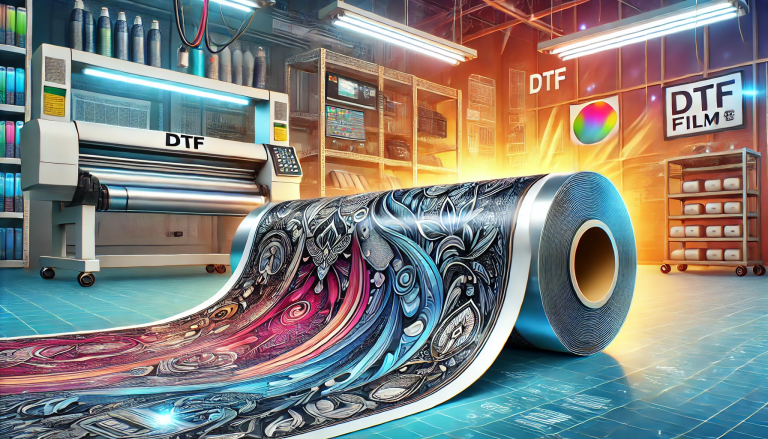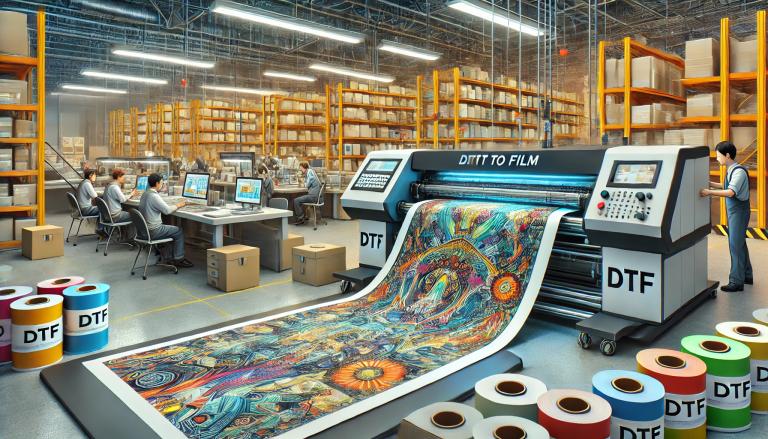“Bring Your Memories to Life with Does Direct Film Transfer Peel!” -MAXDTF- DTF Film A2 Supplier, A3 L1800 DTF Factory, Made in China
Introduction
Does Direct Film Transfer peel? is a question that many people have when considering transferring their film to digital. Direct Film Transfer is a process that involves transferring film to digital without the need for a scanner. This process is becoming increasingly popular as it is a cost-effective and efficient way to transfer film to digital. In this article, we will discuss the process of Direct Film Transfer and answer the question of whether or not it can cause the film to peel. We will also discuss the advantages and disadvantages of Direct Film Transfer and provide some tips for those considering this process.
What Are the Different Types of Direct Film Transfer Peeling?
Direct film transfer peeling is a process used to transfer images from a film to a substrate. This process is used in a variety of industries, including printing, photography, and graphic design. There are several different types of direct film transfer peeling, each with its unique advantages and disadvantages.
The first type of direct film transfer peeling is called wet transfer. This process involves using a liquid adhesive to attach the film to the substrate. The adhesive is applied to the film and then the film is pressed onto the substrate. This method is often used for large-scale projects, as it is relatively quick and easy to apply. However, it can be difficult to remove the film from the substrate once it has been applied.
The second type of direct film transfer peeling is called dry transfer. This process involves using a dry adhesive to attach the film to the substrate. The adhesive is applied to the film and then the film is pressed onto the substrate. This method is often used for smaller projects, as it is relatively easy to apply and remove. However, it can be difficult to ensure that the adhesive is evenly applied to the film.
The third type of direct film transfer peeling is called thermal transfer. This process involves using a heat press to attach the film to the substrate. The heat press is used to apply pressure to the film, which causes the adhesive to bond to the substrate. This method is often used for projects that require a high level of detail, as it is relatively easy to apply and remove. However, it can be difficult to ensure that the adhesive is evenly applied to the film.
No matter which type of direct film transfer peeling is used, it is important to ensure that the adhesive is applied evenly and that the film is securely attached to the substrate. This will help to ensure that the image is transferred correctly and that the finished product looks professional.
What Are the Benefits of Direct Film Transfer Peeling?
Direct film transfer peeling is a process used to transfer images from a film to a substrate. This process is used in a variety of industries, including printing, photography, and graphic design. It is a cost-effective and efficient way to transfer images from one medium to another.
The primary benefit of direct film transfer peeling is that it is a fast and easy process. The process involves placing the film onto the substrate and then peeling it off. This eliminates the need for additional steps, such as cutting, mounting, or laminating. This makes the process much faster and more efficient than other methods.
Another benefit of direct film transfer peeling is that it is a cost-effective method. The process does not require any additional materials or equipment, which helps to keep costs down. Additionally, the process is relatively simple and does not require any specialized skills or knowledge. This makes it an ideal choice for those who are looking for a cost-effective way to transfer images.
Finally, direct film transfer peeling is a reliable method. The process is designed to ensure that the image is transferred accurately and without any distortion. This helps to ensure that the image is of the highest quality and that it will look great when printed or displayed.
Overall, direct film transfer peeling is a fast, cost-effective, and reliable method for transferring images from one medium to another. It is an ideal choice for those who are looking for a simple and efficient way to transfer images.
How Does Direct Film Transfer Peeling Work?
Direct film transfer peeling is a process used to transfer images from a film negative onto a substrate. This process is used in a variety of industries, including photography, printing, and graphic design.
The process begins by preparing the film negative. This involves cleaning the film and ensuring that it is free of dust and debris. Once the film is ready, it is placed on a light table. A light source is then used to project the image onto a substrate. The substrate is typically a sheet of paper or a canvas.
The next step is to apply a transfer medium to the substrate. This medium is usually a liquid adhesive, such as glue or wax. The adhesive is applied to the substrate in a thin layer.
Once the adhesive is applied, the film negative is placed on top of the substrate. The film is then peeled away from the substrate, leaving the image behind. The image is then dried and the substrate is ready for use.
Direct film transfer peeling is a simple and effective way to transfer images from a film negative onto a substrate. It is used in a variety of industries and can be used to create a variety of products, such as prints, posters, and other artwork.
Conclusion
In conclusion, it appears that Direct Film Transfer does not peel. This is because the film is not exposed to any heat or pressure during the transfer process, which would cause it to peel. Additionally, the film is coated with a protective layer that helps to keep it from peeling. Therefore, Direct Film Transfer is a safe and reliable way to transfer film to digital formats.




